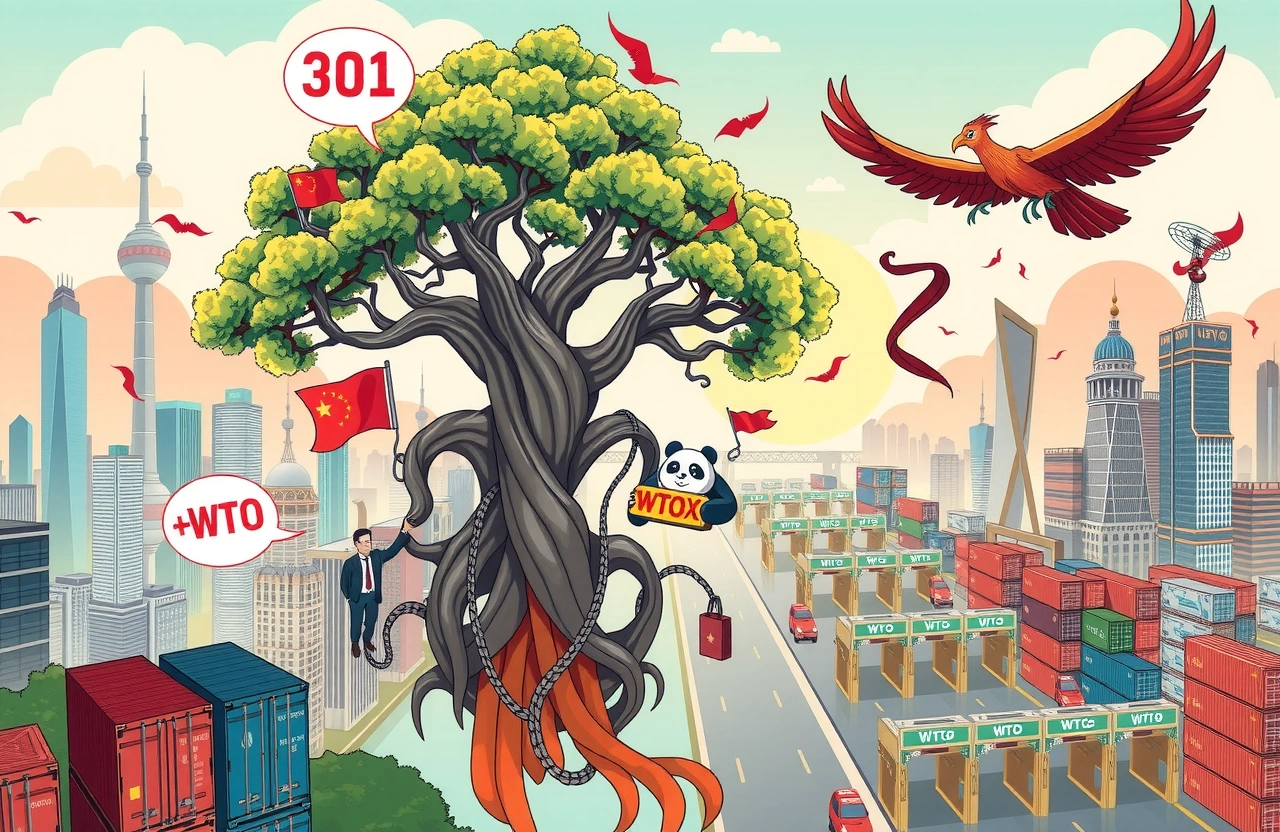The Tariff Letter Countdown
The Trump administration has initiated a high-stakes trade gambit that could reshape global commerce. U.S. President Donald Trump confirmed via social media that tariff letters detailing new import duties will be released starting July 7 at noon EST. This comes ahead of planned August 1 implementation of duties potentially reaching 70% – among the highest in modern trade history.
The Implementation Timeline
- – July 7: Tariff letters released to trading partners
– August 1: New duties become effective for non-compliant nations
– July 9: Original deadline for ending 90-day tariff truce
The 70% Threshold Explained
Trump's proposed tariff rates specifically target nations failing to negotiate 'reciprocal' trade terms. These unprecedented rates exceed typical protective tariffs historically ranging from 10-25%. The move potentially affects $900B in annual imports including automobiles, industrial equipment, and consumer electronics. Analysts suggest these tariff letters represent maximum negotiation leverage rather than baseline expectations.
Understanding Reciprocal Tariffs
The core framework rests on Trump's controversial 'reciprocal tariff' policy demanding matching duty structures. Treasury Secretary Bessent (贝森特) clarified that nations lacking agreements by August 1 will revert to April's proposed reciprocal rates.
The Deadline Shuffle
Despite Secretary Bessent's reluctance to declare August 1 as a firm deadline during his CNN interview, Axios reports suggest internal strategy shifts. The extension from July 9 aligns with stalled negotiations involving over 25 trading partners:
- – EU talks deadlocked on agricultural subsidies
– UK discussions delayed post-election
– Southeast Asian negotiations behind schedule
Global Negotiation Status
Administration officials privately acknowledge slower-than-expected progress across multiple fronts. The uneven negotiation pace signals potential trade policy turbulence ahead.
Major Trading Partners Under Pressure
Several economies face critical decision windows:
- – Germany: Automotive exports at risk without agreement
– Vietnam: Textile and electronics duties loom
– Mexico: Fresh produce tariffs threaten supply chains
The Extension Rationale
Trump's flexibility emerges from conflicting pressures:
Corporate lobbyists push back against immediate duties
Hardline advisors demand tougher positions
Midterm election campaigns necessitate measurable wins
Economic Consequences
The impending tariff letters create compound vulnerabilities across supply chains. Oxford Economics projects potential outcomes:
- – Global GDP reduction: 0.8-1.2% through 2026
– U.S. consumer price inflation spike: +3.4% annually
– Export-dependent job losses: Estimated 850,000 worldwide
Sector-Specific Exposure
Financial Times trade analysts identify industries facing disproportionate impact:
- – Electronics: Component shortages expected within 90 days
– Automotive: Assembly plant disruptions likely
– Agriculture: Perishable goods logistics challenged
The Path Forward
Countries now face stark choices before the tariff letters become enforceable policy. Practical steps recommended by trade experts:
For Businesses
- – Conduct immediate tariff letter analysis upon release
– Map supply chain vulnerabilities
– Develop duty cost absorption strategies
For Governments
- – Prepare contingency tariff responses
– Accelerate bilateral negotiation channels
– Explore WTO dispute options
The coming weeks represent a defining period for global economic relations. These tariff letters signal not just policy shifts but a stress test for cooperative trade frameworks. Strategic preparation replaces passive waiting as markets await concrete agreements.




